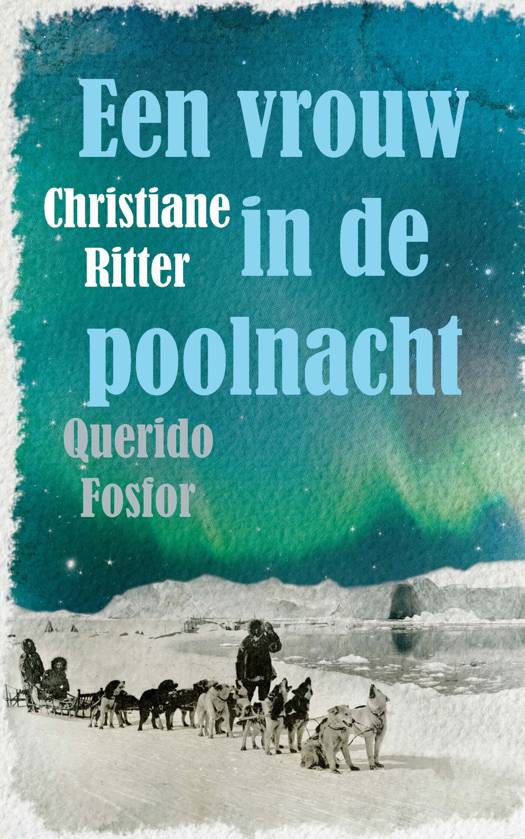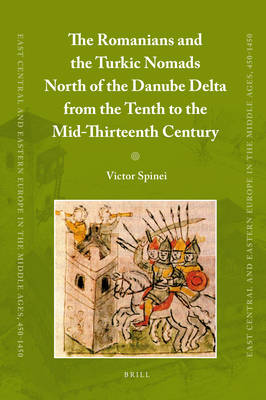
Door een staking bij bpost kan je online bestelling op dit moment iets langer onderweg zijn dan voorzien. Dringend iets nodig? Onze winkels ontvangen jou met open armen!
- Afhalen na 1 uur in een winkel met voorraad
- Gratis thuislevering in België vanaf € 30
- Ruim aanbod met 7 miljoen producten
Door een staking bij bpost kan je online bestelling op dit moment iets langer onderweg zijn dan voorzien. Dringend iets nodig? Onze winkels ontvangen jou met open armen!
- Afhalen na 1 uur in een winkel met voorraad
- Gratis thuislevering in België vanaf € 30
- Ruim aanbod met 7 miljoen producten
Zoeken
The Romanians and the Turkic Nomads North of the Danube Delta from the Tenth to the Mid-Thirteenth Century
Victor Spinei
€ 196,96
+ 393 punten
Omschrijving
The author of the present volume aims to investigate the relationships between Romanians and nomadic Turkic groups (Pechenegs, Uzes, Cumans) in the southern half of Moldavia, north of the Danube Delta, between the tenth century and the great Mongol invasion of 1241-1242. The Carpathian-Danubian area particularly favoured the development of sedentary life, throughout the millennia, but, at various times, nomadic pastoralists of the steppes also found this area favourable to their own way of life. Due to the basic features of its landscape, the above-mentioned area, which includes a vast plain, became the main political stage of the Romanian ethnic space, a stage on which local communities had to cope with the pressures of successive intrusions of nomadic Turks, attracted by the rich pastures north of the Lower Danube.
Contacts of the Romanians and of the Turkic nomads with Byzantium, Kievan Rus', Bulgaria and Hungary are also investigated. The conclusions of the volume are based on an analysis of both written sources (narrative, diplomatic, cartographic) and archaeological finds.
Contacts of the Romanians and of the Turkic nomads with Byzantium, Kievan Rus', Bulgaria and Hungary are also investigated. The conclusions of the volume are based on an analysis of both written sources (narrative, diplomatic, cartographic) and archaeological finds.
Specificaties
Betrokkenen
- Auteur(s):
- Uitgeverij:
Inhoud
- Aantal bladzijden:
- 545
- Taal:
- Engels
- Reeks:
- Reeksnummer:
- nr. 6
Eigenschappen
- Productcode (EAN):
- 9789004175365
- Verschijningsdatum:
- 6/05/2009
- Uitvoering:
- Hardcover
- Formaat:
- Genaaid
- Afmetingen:
- 168 mm x 244 mm
- Gewicht:
- 1088 g

Alleen bij Standaard Boekhandel
+ 393 punten op je klantenkaart van Standaard Boekhandel
Beoordelingen
We publiceren alleen reviews die voldoen aan de voorwaarden voor reviews. Bekijk onze voorwaarden voor reviews.











